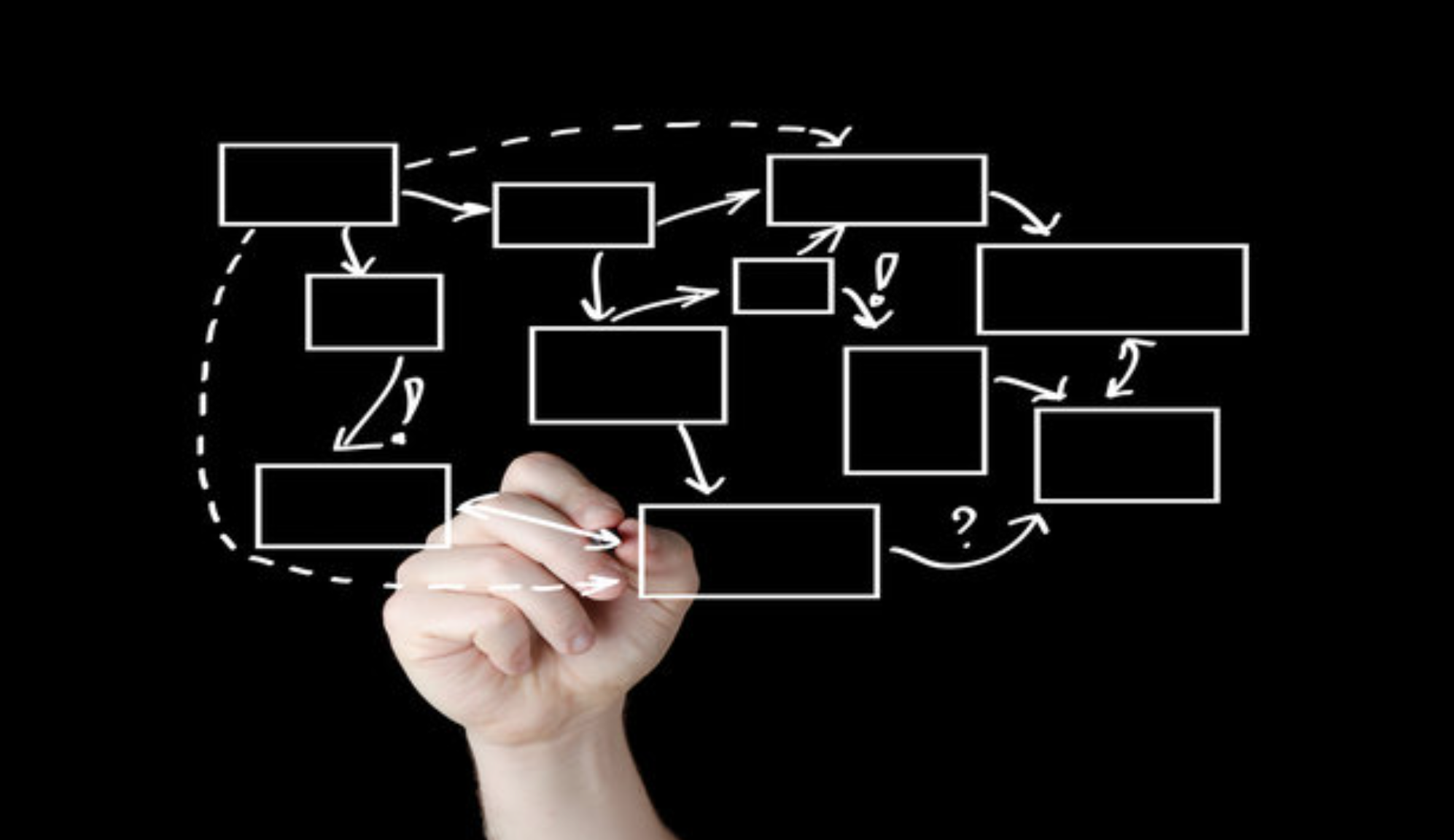There are many reasons to use pre-orders:
- Validate an idea.
- Build hype: Apple is the master here.
- Avoid overproduction.
- Cash flow: You can start collecting sales even before the product is ready.
Pre-order sales, however, aren’t always successful. We’ll discuss what to do to have a successful pre-order strategy.
First of all, if you think that your product is unlikely to sell out, you should offer incentives to get as many pre-orders as possible.
This is because people prefer immediate rewards rather than investing in future rewards.
But what kind of rewards should you use in a pre-order strategy?
- If a product launch is near (1 week for example), both free gifts related to the core offer and monetary promotions (discounts) are effective.
- When a product launch is far (e.g., 8 weeks), free gifts are more effective at increasing pre-orders. For instance, video game companies successfully use free virtual gifts (e.g., exclusive downloadable content) to encourage pre-orders.
What about the period between the pre-order time and launch time?
Usually, the further away the launch date is, the less likely people are to pre-order.
However, this will depend on the type of product:
- Hedonistic products are more prone to anticipate enjoyment (think about dreaming about your next vacation before it starts) rather than functional products. Therefore, the time frame won’t influence the success of the pre-orders.
- Rational purchases instead are harmed by launch dates that are too far away.
Now you know how to make a bang on your next pre-order sale.
However, besides the incentive and time frame factor, don’t forget to create as much buzz as possible.


